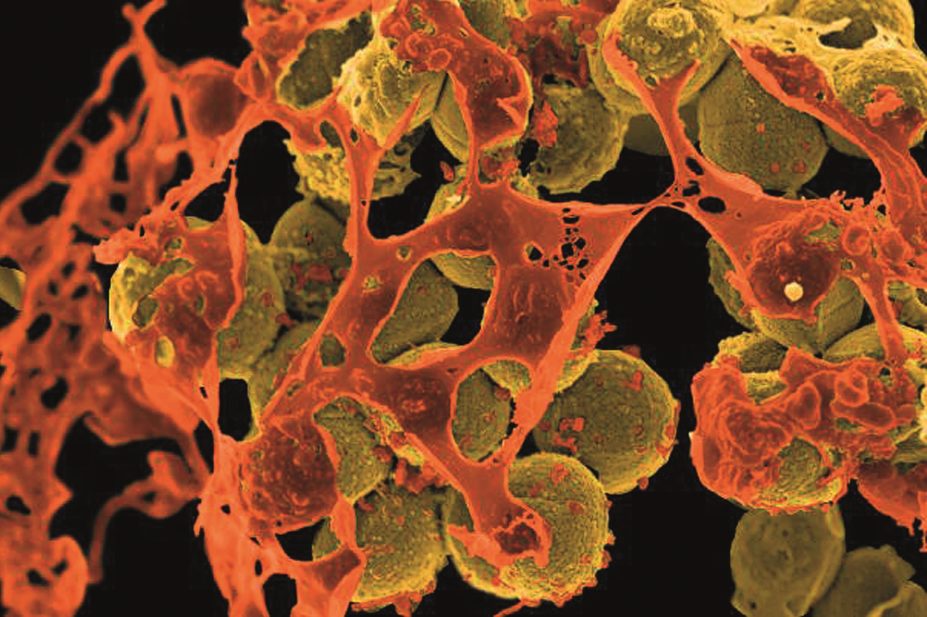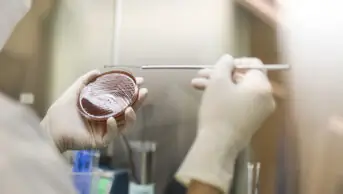
National Institute of Allergy and Infectious Diseases (NIAID)
Non-prescription antibiotic use is associated with increased rates of antimicrobial resistance in the community.
To understand the scale of non-prescription antibiotic use in the United States, researchers conducted a survey of patients from a socio-economically and ethnically diverse primary care population.
The team, from the Baylor College of Medicine in Houston, Texas, found that among 400 respondents, 5% had used antibiotics without a prescription in the previous 12 months. They were commonly used to treat respiratory tract infections. Overall, 25.4% said they would take antibiotics without consulting a medical professional, and 14.2% reported storing antibiotics at home, most of which were saved from previous prescriptions.
The findings show that community antimicrobial stewardship must include a focus on non-prescription antibiotics, the researchers conclude in Antimicrobial Agents and Chemotherapy (online, 11 July 2016)[1]
.
References
[1] Zoorob R, Grigoryan L, Nash S et al. Non-prescription antimicrobial use in a primary care population in the United States: evidence for action. Antimicrobial Agents and Chemotherapy 2016. doi: 10.1128/AAC.00528-16


